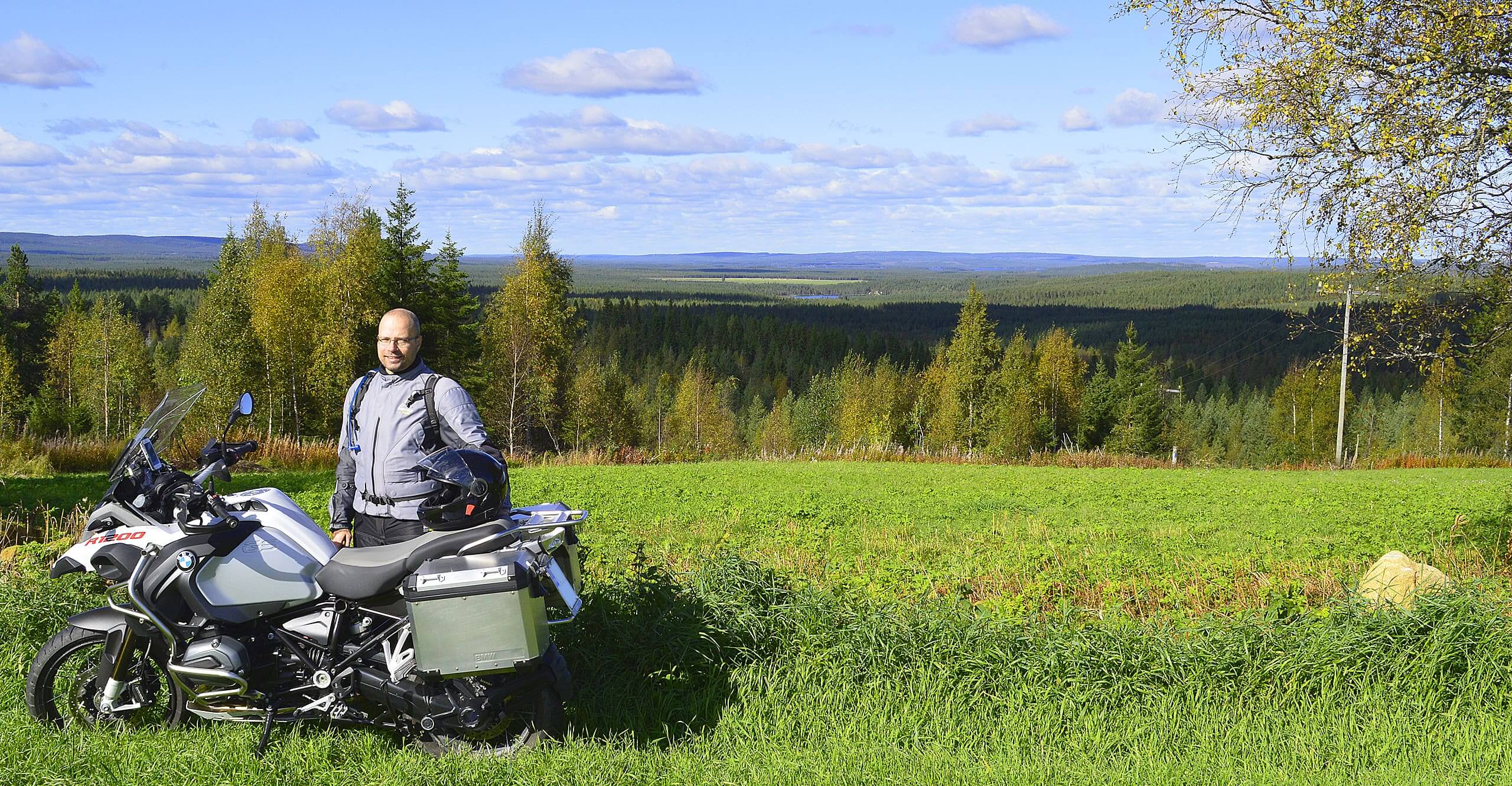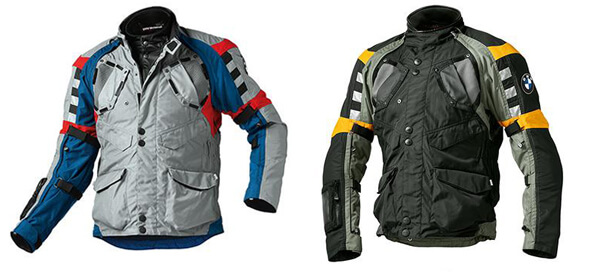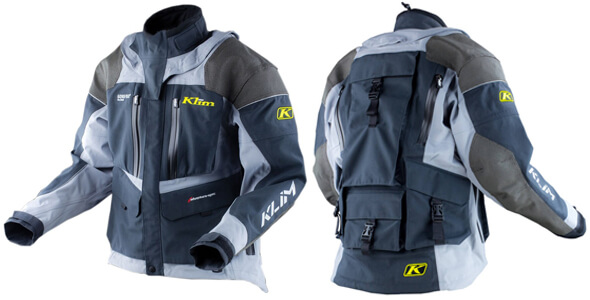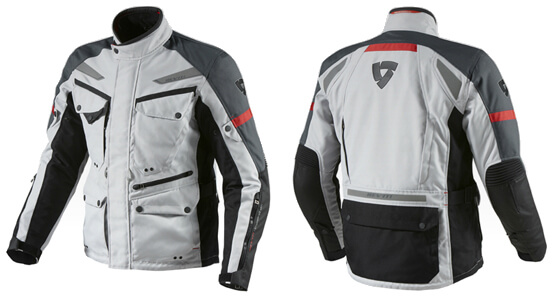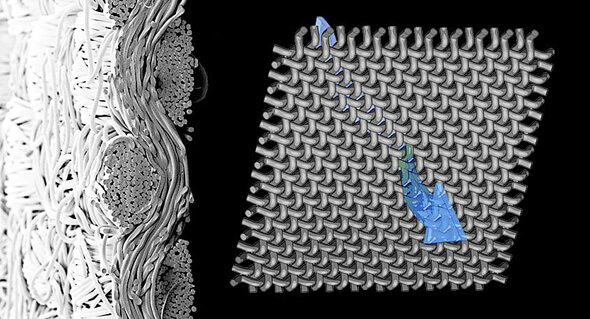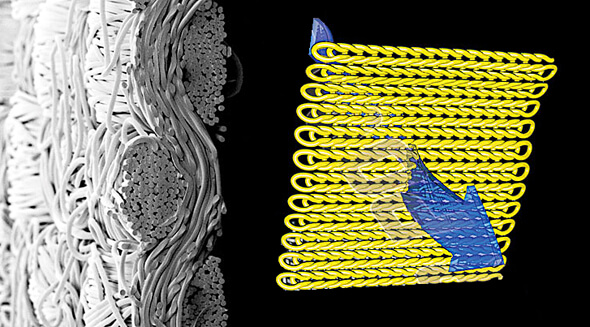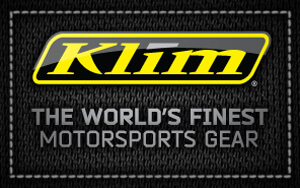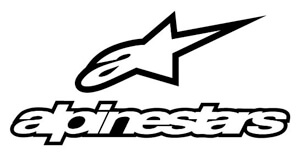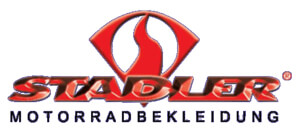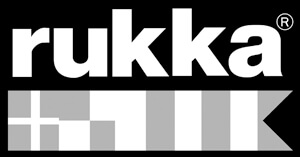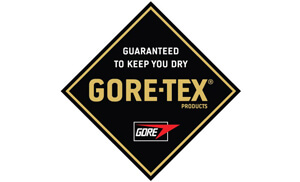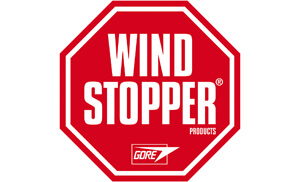Allroad Motorcycle Jackets, Pants and Riding Suits
Allroad motorcycle jackets, pants and riding suits face a basic touring requirement which would be the ability to ride in all weather conditions. Especially in the rain and the heat for a whole day with a reasonable comfort. The key would be to have several removable layers that would be able to adapt in different combinations to the widest range of weather conditions. The destination, routing, riding style and most probable weather conditions determine which combinations would be used at each day.
The main color of the riding suit tells, how much the sunshine is able to heat the suit. Countries with moderate temperatures probably sell a lot of black and darker range of the riding suits, but areas where the sun and the heat is more common, naturally turn more often to lighter and reflecting colors. Still black seems to be the most common main color. A black allroad riding suit dries faster than a light one, but it also over heats easier and requires more efficient ventilation solution. On the other hand, light colors show less dust unlike black.
Waterproof Motorcycle Riding Jacket and Pants
Today there is a nice selection of allroad motorcycle jacket and pants available. Basically there are shell garments with permanent and removable rain protection layer. Both are interesting and appropriate for allroad motorcycle touring. It is a fight between rain and wind protection against efficient ventilation and evaporation of moisture. It would be better to have both, but if only one MC -suit must be chosen and the number of rainy days is not very high, I would recommend to leave the rain protection for the mid layer. For sure it`s a compromise, but there is no single suit that provides the whole scale from the hottest environment to the coldest rain, even though some claim to provide all-weather features which may come at best close.
When we are looking at colder and rainy motorcycling conditions, we should remember to pay attention to several layers which all require enough room inside the MC -suit, but they should also fit well together and allow a total freedom of movement. Usually the motorcycling suit itself provides the shell, but options for mid- and basic layers should be left open since they need to regulate the temperature in a variety of conditions. In addition better protection in a form of a separate MX -body armour requires usually 1 size more room. If the motorcycling suit includes a Gore-Tex® -mid layer or -liner, it`s in most of the cases zipper connected to the shell, limiting the options for a basic layer plus a thin mid layer. If the suit consists of 2 MC -suits that are fully integrated, individual options may be even more narrow due to snugger fit.
It`s a matter of preferences which combination suits the best for you, but if you prefer to have only one single motorcycle suit, I would recommend to choose the latter alternative which is the most all weather capable. Note that you can also get the waterproof features by choosing rainwear from a general outdoor apparel stores. For example a bicycle rain jacket and pants are both lightweight and a thin mid layer which can be packed in a much smaller space and easier than a separate MC -suit mid layers. I prefer to have at least two different motorcycling suites, one without the GoreTex® -layer for hotter conditions and one with the Gore-Tex® for low temperature conditions with more frequent rain.
When there is a waterproof layer behind the shell fabric, the seams are taped, zippers are waterproof, there is no need to worry about the rain. Both the rider and the items in the pockets remain basically dry. The motorcycle riding suit will also dry faster after the rain, when the layer is right behind the shell fabric simply, because there is less wet material to process with and the surface is exposed to direct and efficient air flow while riding. On the other hand, the ventilation becomes an issue and there is a greater need for efficient ventilation even, when the waterproof layer is able to evaporate the moisture and perspiration through the shell structure. Otherwise the MC -suit has more narrow adaptability to various conditions and may turn out to be hotter to ride than expected.
Motorcycling with Gore-Tex® Riding Jacket & Pants
The Gore-Tex® -membrane is probably still the best layer to accomplish really waterproof apparel and leading producers such as KLIM, RUKKA and Alpinestars use it. The Gore-Tex® -membrane is laminated permanently or layered between the surface and inner lining fabric as a sandwich. In order to obtain the GoreTex® -label for the MC -garment, the stitched seams must be also taped and zippers must be watertight, due to the reason that the producer of GoreTex® gives a guarantee to keep you dry, meaning that liquid water can not get through the fabric inside the suit.
When motorcycling rather often in the rain and moderate temperatures, the best choice is probably a Gore-Tex® riding suit with good ventilation options. The good wind protection is also ideal when starting the season early in chilly conditions.
GoreTex® Motorcycle Riding Suit Maintenance
Allroad motorcycling and touring is rather harsh to the textiles. Compared to street motorcycling the allroad rider needs to wash the riding suit more often and the textiles are generally more exposed to mechanical wearing which leads to more frequent maintenance. Depending on fabrics and treatments in question, washing may not be enough which is often the case. Due to lack of maintenance, for example the Gore-Tex® layer will cease to breathe and evaporate the inside moisture from the suit. This appears similar to leakage, although it is not the case. The durable water repellent DWR -treatment on the fabric surface has simply worn out letting the fabric to soak up bad and eliminate the breathability. Now the extra moisture inside the shell suit can not come out and the MC -suit is no longer functional in the rain. Therefore pay attention to how water repellent the dry suit surface is after washing and restore the treatment when necessary. This applies also to textile gloves and footwear with GoreTex® -membrane.
Motorcycle Riding Jacket & Pants without Waterproof Layer
When the motorcycle riding jacket and pants itself have no laminated waterproof layer, there is also ventilation through the shell structure in addition to zipper vents and flaps, providing the best evaporation and comfort in warm and hot conditions. Already above 20 degrees or 68 fahrenheit, the ventilation becomes critical in active allroad motorcycle riding and the ability to maintain proper body temperature would be compromised. Even zipper vents may be not efficient enough along the rising air temperature and riding activity. On the other hand, the rain protection is removed to separate mid layer which means that the pockets and the items inside may be exposed to water. The protection against the wind and coldness is also smaller and good mid- and basic layers become even more important.
The separate waterproof mid layer should be thin and easily packed in small space in order to be quickly available when the rain hits. Some riders may think that it`s inconvenient to put the rain wear on when you are already on the road, but if you can follow the weather forecast, you can also prepare and wear the rain pants already in the beginning of the day. The rain jacket alone is easy and quick to put on and off according to need. When there is only light rain for a while, the need for rain wear is anyhow smaller and the rain jacket alone may be enough. The temperatures in question are probably also lower and better wind protection may be just right.
CORDURA® is a well known rugged outerwear brand originally developed for military applications after the Second World War. There are several CORDURA® -fabrics with different features, but they are mainly based on extremely strong nylon made of polyamide fibers both in knitted and woven constructions. They are widely use as reinforcements and shell fabrics by several motorcycle apparel producers such as KLIM, RUKKA, Dainese and REV`It. The CORDURA® -fabrics are also used in performance base layers and provide also softer and flexible features on top of durability.
CORDURA® 500D Shell Fabric
CORDURA® 500D -ballistic nylon fabric is good for warm and hot weather motorcycling conditions when constant and slow air flow through the shell fabric is meaningful and preferred. The CORDURA® 500D -fabric is also very abrasion, tear and puncture resistant which makes it ideal for motorcycling and active allroad touring. The ending 500D describes the fiber strength of 55.5 tex or 500 deniers which means 500 grams of a 9km long filament. A such fabric has 300-400 lbs or 136-181 kgs grab and 25-35 lbs or 11-16 kgs tear strength.
CORDURA® Air Flow Technology AFT Shell Fabric
CORDURA® -air flow technology AFT -nylon fabric is ideal for the hottest riding conditions when efficient ventilation features become critical. It is one of the most ventilated shell fabric types for motorcycling and used e.g. in RUKKA AirMan riding jacket and pants. The AFT -fabric is a more open knitted mesh construction that allows constant and efficient air flow through the shell fabric. Compared to the regular CORDURA®, the AFT offers 1.8 times higher air permeability. In addition the CORDURA® AFT -fabrics are very abrasion and tear resistant which makes them perfect for motorcycling and performance apparels. The fabric is twice as abrasion resistant as conventional nylon, 4 times better than polyester fabric and 7 times better than cotton.
Allroad Motorcycle Riding Suit Durability
Allroad motorcycle riding and especially touring requires a lot from the apparel durability. Dirt, sand, gravel, rocks, branches, mosquitos and insects among others cause mechanical wearing and lead frequent washing. Depending on how challenging routing would be in question, the harder or lighter the wearing. One of the strongest and most durable top layer fabrics for rough allroad MC -touring conditions is the CORDURA which is also used for motorcycle riding boots, -gloves and MC -bags. The special ballistic nylon fabric in question is highly tear, abrasion and puncture resistant delivering exceptional durability and long lasting performance.
Seams and zippers are quite challenging from the durability and waterproof point of view. If the seams are not taped, they will start leaking after a while, although a light rain most likely is not going to reveal that yet.
Especially lower leg parts and trousers are much more exposed to dirt and water which is problematic for zippers, press studs and VELCRO® -fasteners in order to remain operational. In addition the fabric surface and the seams against the seat and inner legs are exposed to hard mechanical wearing. Therefore trousers require more attention from the durability point of view. It also means that the requirement for maintenance is more frequent.
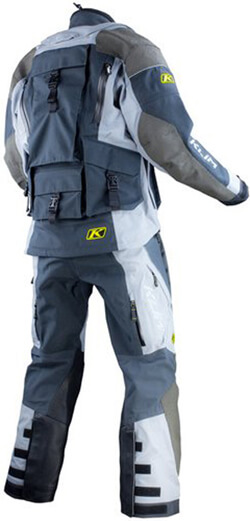
Traditional zippers usually need an overlapping flap against the rain and the wind pressure, but there are also toothless and waterproofed closures such as GORE LocOut which is used by RUKKA, STADLER and HELD at least.
Allroad Motorcycle Riding Pants
Allroad motorcycle touring is harsh for riding pants too. They are more exposed to the dirt and smutch from the ground and face a lot of mechanical wearing against the seat and the inner leg area. Due to the dirt and thickness of more protected allroad motorcycle boots, there is a requirement to adjust the width of the pant cuffs according to the size of the MC -boots.
Since the ventilation of the motorcycle riding boots is usually moderate, the legs tend to overheat easily in high temperatures. Therefore ventilation options in the pants are more important especially, if the MC -suit has a permanent GoreTex® or similar wind protection layer. Vents at least in front of the pants and behind would be in order. Note that the front pockets may also work as vents when left open.
